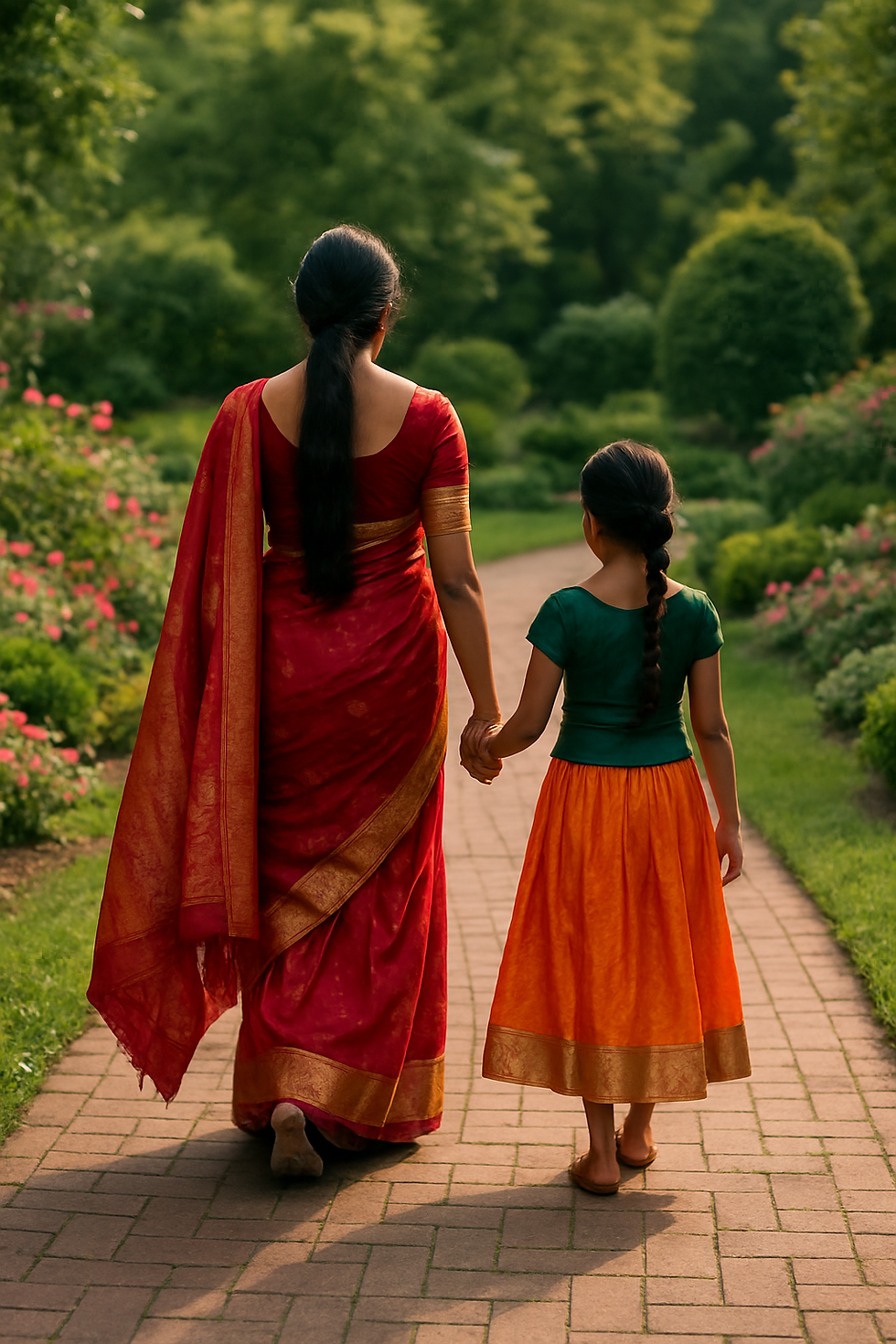What is "Legally Free for Adoption" means and what are the implications in child adoption?
- Ruby Nakka

- Jul 16, 2023
- 2 min read
Updated: Sep 20, 2023

Often, people complain about hundreds and thousands of children languishing in child care institutes while people wait on adoption waiting list for years. Is that true? The truth lies in “child declared legally free for adoption”. By end of this blogpost, you’ll have a clear understanding of the definition and the process of declaring the child legally free for adoption.
First, let’s look at the definition which is stated in sub-section 16 of section 2 of JJ Act which states “child legally free for adoption” means a child declared as such by the Committee after making due inquiry under section 38. As you can see, there are two steps that ought to be completed to declare as such namely inquiry and declaration.
For inquiry, the JJ Act refers us to the section 38 which again divides the children into two categories namely those that are orphaned and abandoned and the other category being those children that are surrendered. In either of these categories, what inquiry needs to establish (by asocial worker or Case Worker or Child Welfare Officer or any recognised non-governmental organisation for conducting the social investigation under sub-section (2) of section 36 of the Act through an order in Form 21). is that this particular child has no one to take care and also the grace period of 60 days has expired to reclaim the child by the biological family/ guardian of the child.
Once the inquiry satisfies these two conditions, then the Child Welfare Committee (CWC) passes an order (on form number 25 of the JJ rules or schedule I of adoption regulations) in a specific time frames (within two months if the child is younger than 2 years or less and four months if the child is older than 2 years of age) with a minimum of 3 members signing such a declaration.
It may be worthwhile to state here that any child to be eligible for adoption, they have to meet this two-step criterion as stated in the paragraph above. Those who do not meet them, are not eligible for adoption. Most likely that the children that people talk about in thousands while they wait for adoption are those that may have someone in their lives (need not be biological parents alone but anyone that is willing to take care of the child like grand parents or aunts and uncles etc).
So, every child that is to be placed in adoption under the provisions of JJ Act, ought to have this declaration (given on form 25 of JJ rules or schedule I of the adoption regulations) and absence of it could be a red flag. Prospective Adoptive Parents (PAP’s) are entitled to ask for this document when they get a referral to receive a child to be convinced of the process’s authenticity.
Also, JJ act is quite explicit about any child care institute that houses a child that may meet the criterion to declare the such child a legally free for adoption and fail to do so for whatever the reasons it may be, in sub-section 3 of section 66, it states the punishment of Rs. 50,000 for each violation and derecognition of the institute in case of repeated violations of this provision.
You got questions on adoption? We got answers for you. Write your queries to info@indiahopehouse.org.











Comments